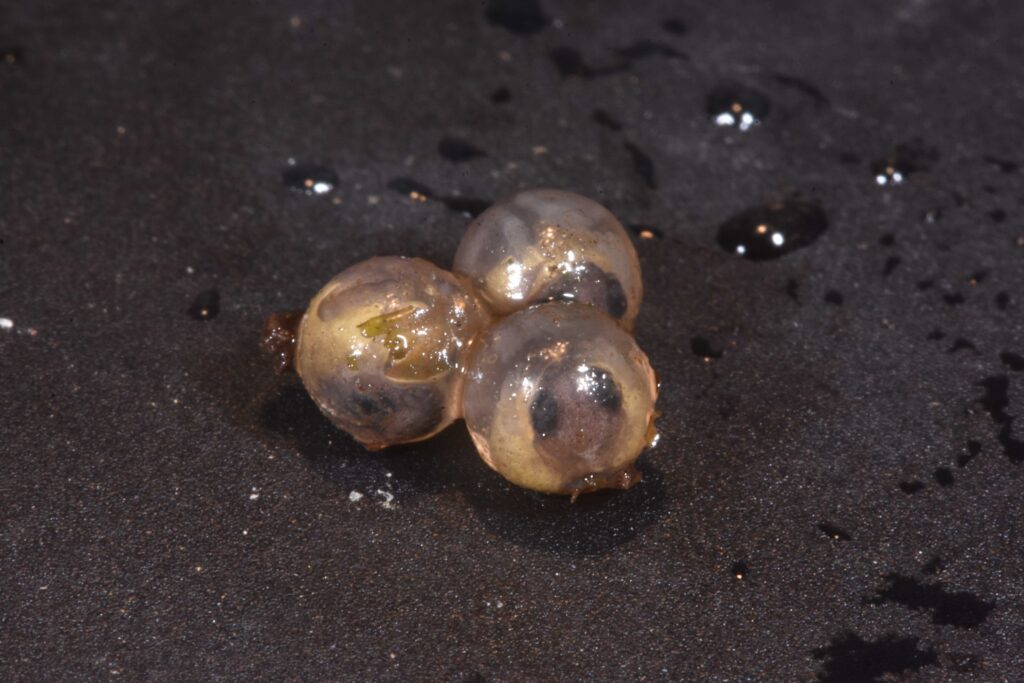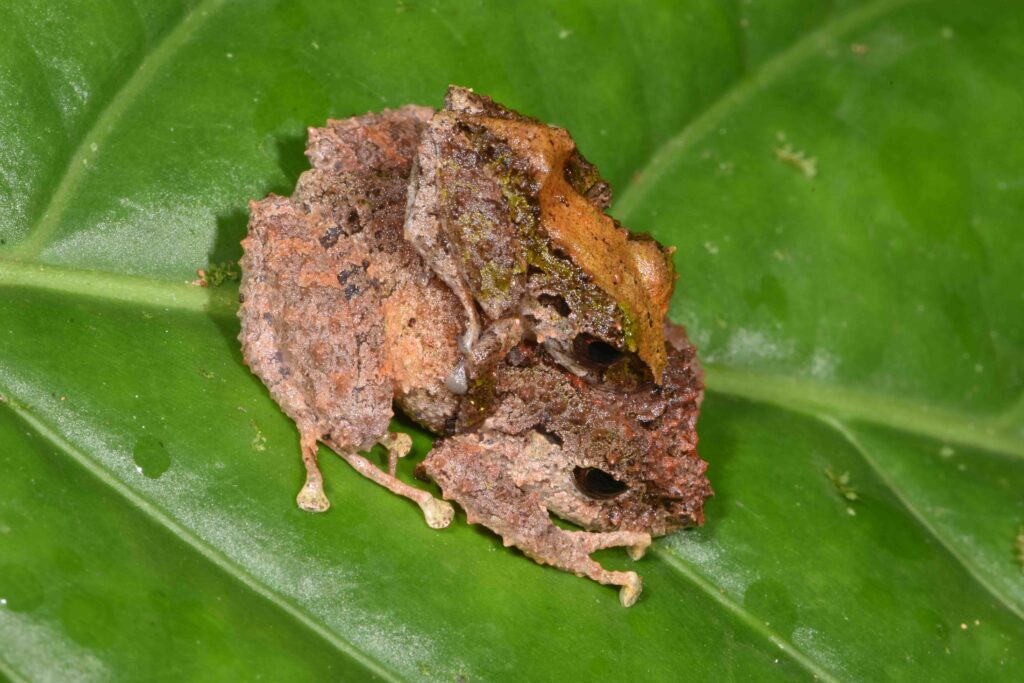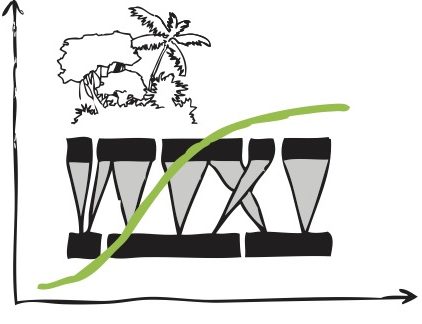In order to understand why particular species occur only in a primary rainforest or are able to persist in a degraded habitat, it is necessary to know about their biology. Unfortunately for most tropical species we simply know that and where they exist. This is also true for most species of frogs. In contrast to species from temperate regions, many tropical frogs reproduce outside of open water. The entire metamorphosis then takes place in eggs which are deposited in moist substrate. From these eggs fully developed frogs hatch. Scientists assume that this reproduction mode is typical for all of the more than 600 species of South American Rain Frogs of the genus Pristimantis, the world’s largest genus of vertebrates! However, details concerning the reproduction biology has been only published for a very few species of that genus. In a new paper, researchers from the Rödel lab report on the development of Pristimantis rosadoi, a species endemic to lowland forests of north-western Ecuador and neighboring Colombia. In addition to developmental details the authors observed that the embryos might be able to adjust developmental time due to perceived predation risk, indicating some plasticity in hatching time. They also observed a distinct change from rough to smooth dorsal skin in two of the three females, and compare their observations to known data from other species of this genus.



